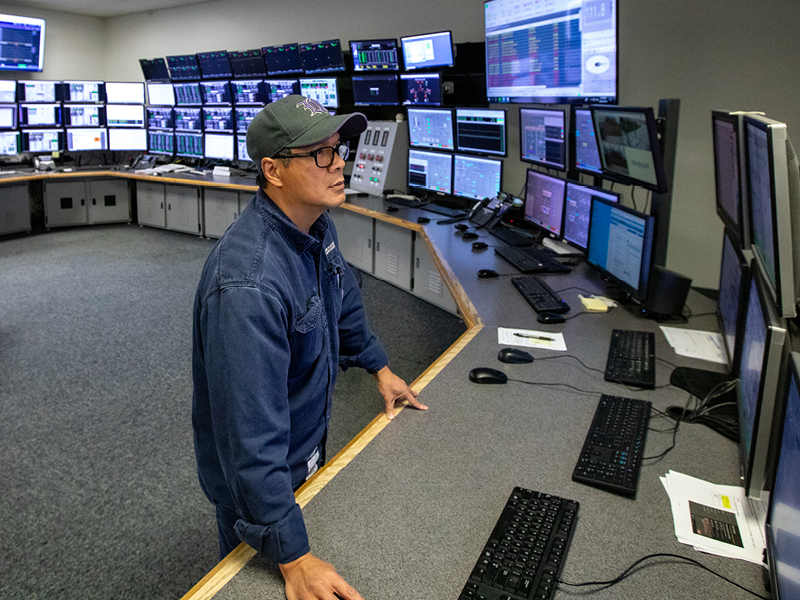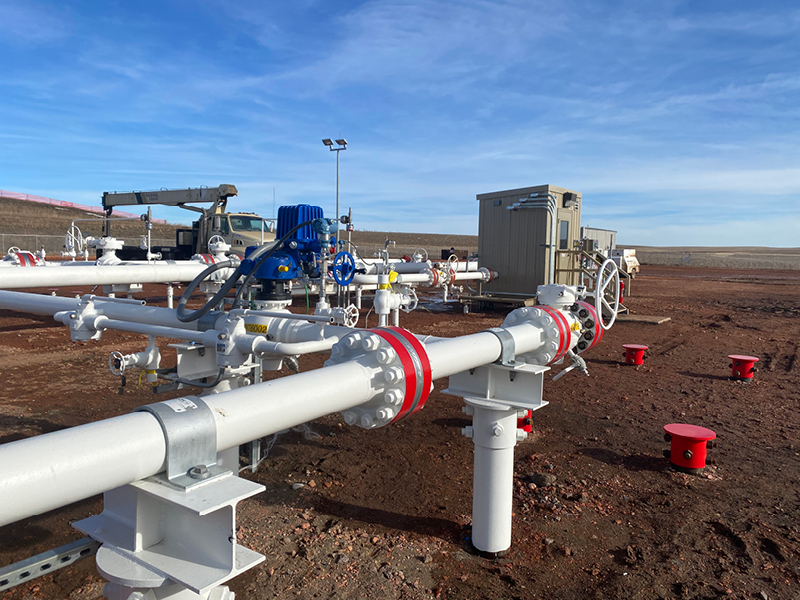Resilience in the face of growing and changing pressures is the norm for Basin Electric. Since 1961, the cooperative family has worked together to face the challenges of the time, and decades-long investments in resources and infrastructure have held up to deliver the reliable, affordable, and safe electricity members depend on.

Stability and Affordability
Keeping electricity affordable at the same time as ensuring it is reliable is key to Basin Electric’s mission, even in the face of the tremendous investments necessary over the coming years.
But affordability is subjective. It can be defined in a number of ways, and no one definition fits all members. Affordability is impacted by factors like the types of load on the system and how they are handled, cost of transmission service, and the meter density of a service territory.
Affordability is also impacted by the way the cooperative manages the risk associated with unexpected rate increases. Basin Electric maintains a Rate Stability Fund, in which revenue is deferred and added to the fund when financial results are strong. The purpose of the Rate Stability Fund is to shelter the membership from unexpected rate increases due to unplanned events that would otherwise result in increased rates.
The fund is a positive for members by enhancing the value of their generation and transmission cooperative, and it’s also viewed positively by the credit ratings agencies whose ratings impact the interest rates at which the cooperative can borrow money. A lower cost of borrowing money translates to a lower total cost to build generation and transmission, meaning more affordable electricity for the cooperative family.
On Jan. 1, 2023, Basin Electric’s average member rate was decreased by 1 mill; from 2023 to 2024, the rate remained the same thanks to the Rate Stability Fund.
Value of Dispatchable Resources
As more dispatchable generation is being replaced by non-dispatchable, intermittent resources like wind and solar power, cold and hot weather events have emphasized the need for a reliable grid. Power markets’ increased reliance on non-dispatchable resources can result in volatile market prices and reduced reliability when severe weather occurs.
All markets Basin Electric participates in are working on new guidelines that may increase capacity requirements. Basin Electric’s fleet of dispatchable generation resources is vital when people need electricity most, showing its value by helping insulate our members from volatility when market prices spike.

Hedging to Protect Our Members
Through fuel hedging, Basin Electric’s team has developed strategies that give price certainty to the cost of fuel for a portion of its electricity generation.
Basin Electric has unique value in its largest subsidiary, providing a natural hedge for the fluctuating price of natural gas. Dakota Gasification Company turns coal into synthetic natural gas that it transports on the Northern Border Pipeline using a firm pipeline capacity agreement. Because, collectively, Basin Electric and Dakota Gas are producing, transporting, and consuming natural gas, the cooperative can serve some of our own natural gas-fueled generating units using the natural gas we produce ourselves.
And, in yet another way Basin Electric and Dakota Gas are able to keep costs within the cooperative, Dakota Gas buys electricity from Basin Electric to operate its facility that produces synthetic natural gas and 12 other products.


